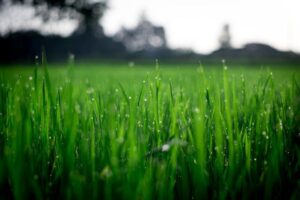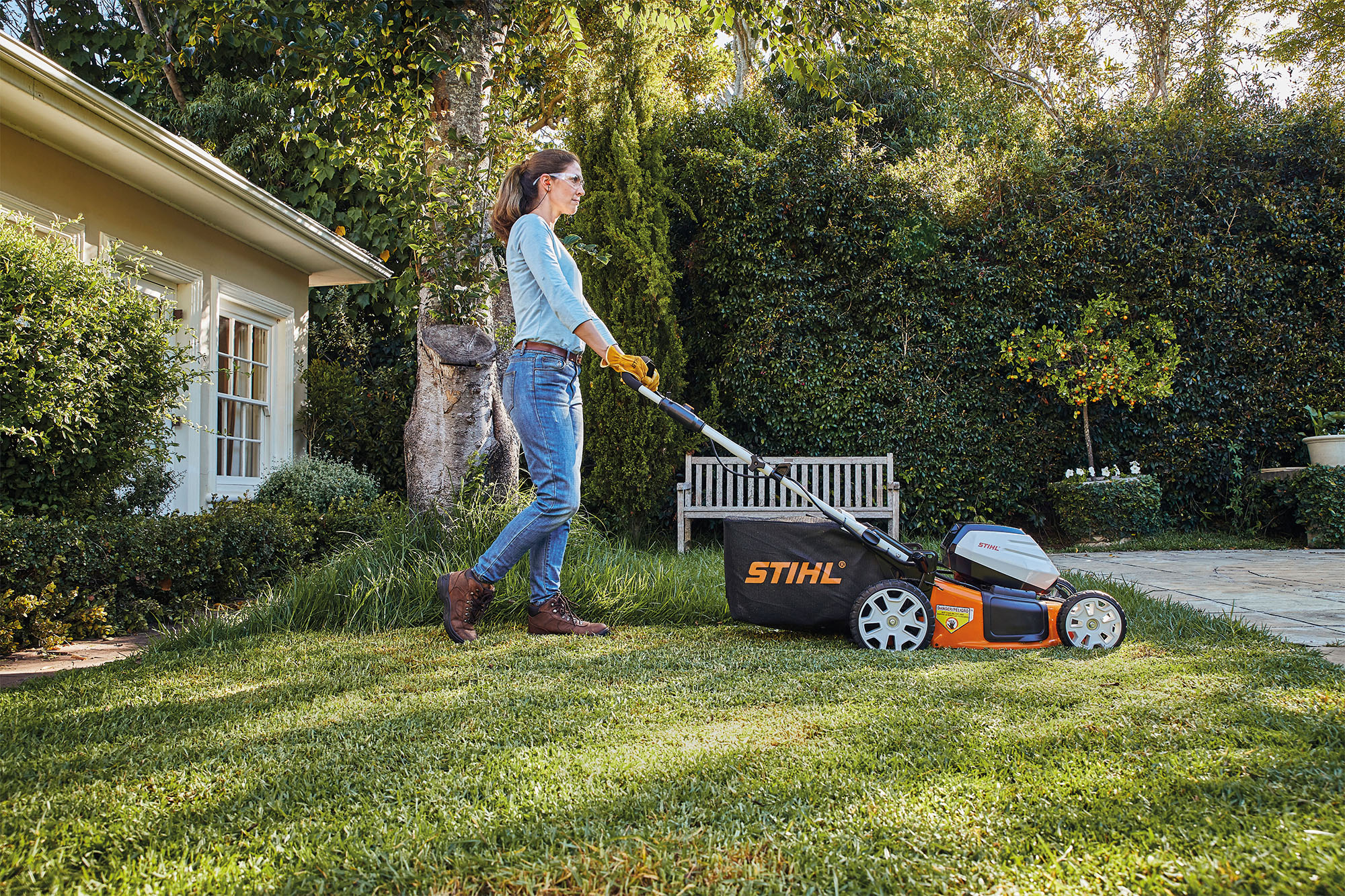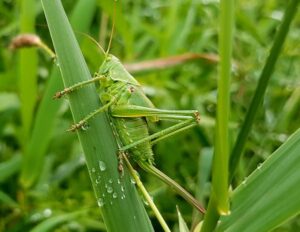
Smart Ways to Maintain an Eco-Friendly Lawn
A verdant lawn is a representation of peace and beauty, but obtaining one shouldn’t come at the expense of the health of the earth. Conventional methods of lawn care frequently include the use of dangerous pesticides, excessive water use, and emissions from gas-powered machinery, all of which are bad for the environment. In this post, we’ll look at frugal lawn care techniques that improve the environment while also encouraging a more sustainable and wholesome outdoor living area.
Choose Native Plants
 One of the most effective ways to create an eco-friendly lawn is to opt for native plants that are indigenous to your region or local environment. Native species have evolved to thrive in the specific climate and soil conditions of your area, making them well-suited for your landscape. These plants have developed natural adaptations that make them more resilient, which means they require less water, fertilizer, and overall maintenance compared to non-native varieties.
One of the most effective ways to create an eco-friendly lawn is to opt for native plants that are indigenous to your region or local environment. Native species have evolved to thrive in the specific climate and soil conditions of your area, making them well-suited for your landscape. These plants have developed natural adaptations that make them more resilient, which means they require less water, fertilizer, and overall maintenance compared to non-native varieties.
Moreover, by incorporating native grasses and flowers into your lawn, you not only conserve valuable water resources but also help maintain and restore the ecological balance of your local ecosystem.
Sustainable Lawn Care Products
Another essential aspect of maintaining an environmentally friendly lawn is the choice of lawn care products you use. It’s crucial to swap out traditional chemical-based fertilizers and pesticides for environmentally friendly alternatives. Organic and natural lawn care products are safer for the ecosystem, as they do not introduce harmful toxins into the soil and water supply.
These products are typically derived from natural sources and do not pose a threat to beneficial insects, birds, or other wildlife in your area. To ensure the sustainability of your chosen products, look for those with reputable eco-certifications, such as organic certifications or endorsements from environmental organizations.
Reduce Lawn Size
 Consider reducing the size of your lawn as a strategic move towards creating a more eco-conscious landscape. Instead of maintaining a vast expanse of grass, you can create functional and attractive garden beds, or incorporate hardscape areas such as patios, walkways, or decks. This not only reduces the need for excessive water and labor-intensive maintenance but also enhances the overall visual appeal of your outdoor space.
Consider reducing the size of your lawn as a strategic move towards creating a more eco-conscious landscape. Instead of maintaining a vast expanse of grass, you can create functional and attractive garden beds, or incorporate hardscape areas such as patios, walkways, or decks. This not only reduces the need for excessive water and labor-intensive maintenance but also enhances the overall visual appeal of your outdoor space.
By designing a landscape with diverse plantings and hardscape features, you not only conserve valuable resources but also add character and functionality to your property. These added features can make your outdoor space more enjoyable and inviting for you, your family, and your guests.
Water Wisely
Efficient water usage is critical for an eco-friendly lawn. Install a rain barrel to collect rainwater for irrigation, and invest in a programmable irrigation system that minimizes water wastage. Water your lawn early in the morning or late in the evening to reduce evaporation and fungal growth. By adopting these water-saving practices, you can significantly reduce your water bills and conserve this precious resource.
Mulch and Compost
 Use organic mulch to increase soil health, prevent weed growth, and hold onto soil moisture. You can lessen your reliance on commercial fertilizers by adding nutrients to the soil through composting your yard and kitchen trash. Additionally, composting lessens the quantity of trash dumped in landfills, which lowers greenhouse gas emissions and has multiple positive environmental effects.
Use organic mulch to increase soil health, prevent weed growth, and hold onto soil moisture. You can lessen your reliance on commercial fertilizers by adding nutrients to the soil through composting your yard and kitchen trash. Additionally, composting lessens the quantity of trash dumped in landfills, which lowers greenhouse gas emissions and has multiple positive environmental effects.
Mow Mindfully
Adjust your lawnmower to a higher cutting height, leaving grass taller to shade the soil and reduce water evaporation. Use an electric or manual mower to decrease greenhouse gas emissions associated with gas-powered models. You can also look for experts and opt for professional DVA lawn services that can make your lawn look beautiful again and again. Proper mowing techniques not only promote healthier grass but also lower the environmental impact of lawn care practices, making them more sustainable in the long term.
Integrated Pest Management (IPM)
 Implement an IPM approach to pest control, which focuses on prevention and uses natural predators, like ladybugs, to manage harmful insects. This reduces the reliance on chemical pesticides that can harm beneficial insects and the environment. IPM strategies are not only effective at pest control but also align with the principles of sustainable and eco-friendly lawn care, fostering a balanced and thriving ecosystem.
Implement an IPM approach to pest control, which focuses on prevention and uses natural predators, like ladybugs, to manage harmful insects. This reduces the reliance on chemical pesticides that can harm beneficial insects and the environment. IPM strategies are not only effective at pest control but also align with the principles of sustainable and eco-friendly lawn care, fostering a balanced and thriving ecosystem.
Choose Eco-Friendly Landscaping Materials
When renovating your lawn or adding hardscape features, opt for sustainable and locally sourced materials. This choice reduces transportation emissions and supports local economies. Sustainable materials, such as recycled or reclaimed wood, permeable pavers, and low-impact hardscape designs, can contribute to a more environmentally responsible outdoor space while adding aesthetic value to your property.
Maintaining an eco-friendly lawn is not only possible but also highly rewarding. By making thoughtful choices in plant selection, lawn care products, water management, and landscaping materials, you can create a beautiful and sustainable outdoor space that benefits both your home and the environment.
These smart practices not only reduce your ecological footprint but also contribute to a healthier, greener planet for future generations to enjoy. So, let’s embrace eco-conscious lawn care and help nurture our Earth while enjoying the natural beauty of our outdoor spaces, knowing that every small step counts towards a brighter and more sustainable future.